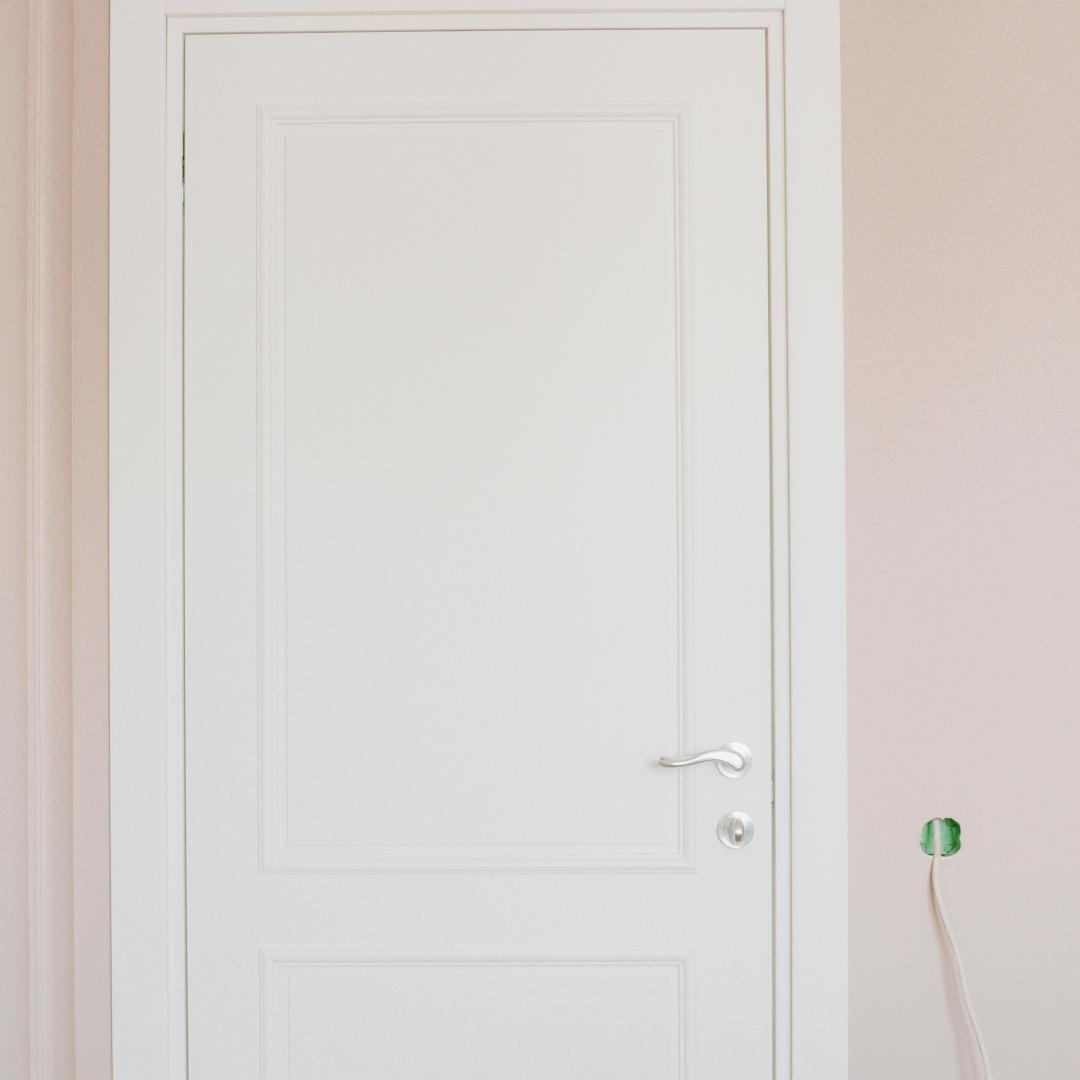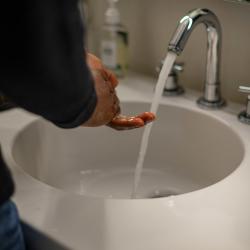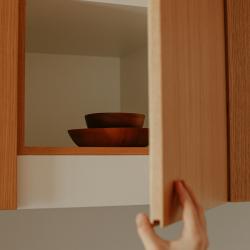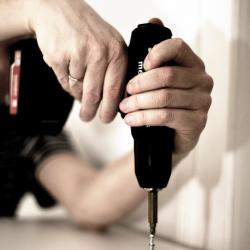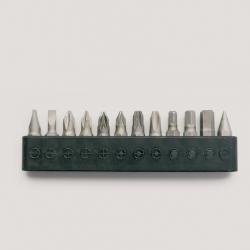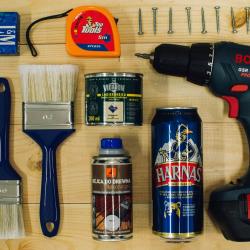Fixing a Broken Door Lock: A Quick and Easy Guide
A broken door lock can be a significant inconvenience and even a safety concern for your home or office. Whether it's a stubborn key that won't turn, a handle that won't budge, or a lock that no longer aligns properly with the door frame, repairing a faulty lock is often simpler than it seems. This guide will walk you through the steps to diagnose and fix common door lock issues, potentially saving you the cost of hiring a locksmith.
Assessing the Problem
Before diving in with tools, it’s important to diagnose the issue:
-
Key Issues: Is the key difficult to insert, or does it not turn smoothly? Check for any visible damage or wear on the key itself. A duplicate key might be the solution if the original is worn or bent.
-
Lock Mechanism: If the key turns but nothing happens, the lock mechanism inside might be jammed or broken.
-
Alignment Problems: If the door doesn't lock easily, it could be an alignment problem. Check if the door is properly hung and if the lock aligns with the strike plate.
Gather Your Tools
To fix a lock, gather a few basic tools:
- Screwdriver set
- Lubricant (like graphite powder or WD-40)
- Pliers
- Replacement parts, if needed (like screws or a new cylinder)
Fixing Common Lock Issues
1. Key Won't Turn
If your key is sticking or won't turn, try these steps:
- Lubricate: Spray a small amount of lubricant into the keyhole. Insert the key and turn it gently to spread the lubricant inside.
- Check for Debris: Sometimes dirt can obstruct the mechanism. Use a can of compressed air to clear out any debris if necessary.
2. Misaligned Strike Plate
A door lock might not work correctly if the strike plate isn't aligned properly.
- Tighten the Hinges: Ensure that the door is hanging properly on its hinges. Tightening the screws on the hinges can sometimes solve alignment problems.
- Adjust the Plate: If the lock still doesn’t line up with the strike plate, use a screwdriver to loosen the plate screws. Reposition the plate so it aligns with the lock, then tighten the screws again.
3. Loose Door Handles/Knobs
Loose handles can prevent locks from functioning properly.
- Tighten Screws: Check for any loose screws on the door handle or knob and tighten them with a screwdriver.
- Inspect Internal Mechanism: Sometimes the internal parts can become worn or misaligned. Remove the handle or knob by loosening the set screws, then inspect the spindle and other internal parts for damage.
4. Replacing a Lock Cylinder
If these fixes don't solve the issue, you might need to replace the lock cylinder:
- Remove the Old Cylinder: Unscrew and remove the door handle or knob, then pull out the cylinder.
- Install the New Cylinder: Slide the new cylinder into place, ensuring it aligns with the lock mechanism. Reattach the handle and test the lock with your key.
Preventive Maintenance
To keep your locks working smoothly:
- Regular Lubrication: Use a lubricant every six months to prevent sticking.
- Check Alignment: Regularly inspect the door and lock alignment, especially after any changes in temperature or humidity that could cause wood frames to warp.
- Duplicate Keys: Use duplicate keys periodically to ensure even wear across keys.
When to Call a Professional
While many lock issues can be resolved with DIY methods, some situations require professional intervention:
- If the lock is severely damaged or if the door frame itself is compromised.
- If you’re dealing with a complex or high-security lock system.
- If you've tried these solutions and the problem persists.
By following the steps outlined in this guide, you'll be equipped to tackle the most common door lock problems. However, don't hesitate to seek professional help when needed to ensure your locks are not only functional but also secure.
